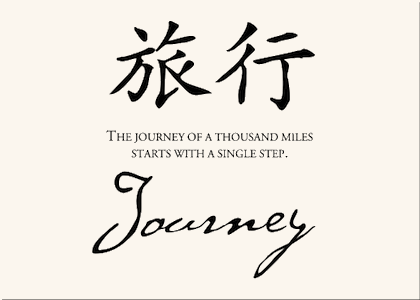Shanghai - J-term 2017
- Walid Bajjani
- Jan 20, 2017
- 3 min read
I just completed my three week course at NYU Shanghai, China on the “Nature of Inequality”, more specifically China's attitudes towards inequality VS USA and the reasons it exists.
This interdisciplinary class challenges philosophical, political and Government intervention strategies in a global context. Beginning with the analysis of sociologist Karl Marx and his theories as well as the discovery of classical economics using this idea of “value” being extracted from exploitation of labour.
We also discuss this concept of religion being the opium of the masses and used by the ultra-elite to control the masses. We then moved on to the reasons for capitalism justified by"Max" Weber who was a German sociologist, philosopher, jurist, and political economist whose ideas profoundly influenced social theory and social research.
We explored this idea of capitalism being a direct result of the conquest for religious enlightenment stemming from protestant christians. Chinas history and current social mobility status is constantly referred to and compared with its western counterpart the USA. This idea of a Hukou system limits the socio-economic benefits one receives based on ethnic background i.e. mothers birthplace. If your ethnic background does not match the area you reside in then you are not entitled to basic services such as healthcare or education (else you pay a high amount). It creates this artificial social class structure within China itself between the urban dwellers and rural migrants.
Aside from trying to understand the core reason behind the existence of inequality we are also encouraged to experience “real” China. A trip to a local migrant school in suburban Shanghai shed light on the real issues China faces such as polarisation and an the imbalance of skills in the workforce. There we engaged in a community service project teaching children basic english skills to grade 5 students through interactive games which challenge their vocabulary and speaking skills. It helped us understand the difficulties the Government is facing when it comes to educating a constantly moving community. The schools are often crowded, underfunded and lack necessary resources. However, we did learn about the abundance of Non-profit organisations which have helped improve the standards of living of rural-migrant communities.
Shanghai is an international city boasting a melting-pot of Chinese culture including food, music and tradition. It is also Chinas main financial and technological hub meaning it attracts millions of foreigners from around the world every year for work and tourism. Its population of 24 million consists of 40% rural migrants who generally undergo circular migration with the aim of increasing income and standard of living. The other 60% are local Shanghai residents and expats. This circular migration is essential for Shanghai. In 1988 Shanghai was essentially a barren land with little to no global significance. Today in 2017 it is a concrete jungle with 3 of the worlds tallest skyscrapers in 1km^2 distance from each other. This is no doubt the result of the Government opening up the peoples republic of China (PRC) to international trade and foreign direct investment. But also the hard work of labourers who are almost always migrants in the seek for a better life. Coming from Abu Dhabi in the United Arab Emirates I relate with this concept of migrant workers moving country in order to gain higher paid work. A prime example are indian/central african immigrants who move to Dubai for 10-20 years to construct some of the worlds best and most impressive skyscrapers.
I really enjoyed exploring what Shanghai had to offer, here are a few snaps of my travels and some Shanghai hotspots:
More coming soon!

























Comments